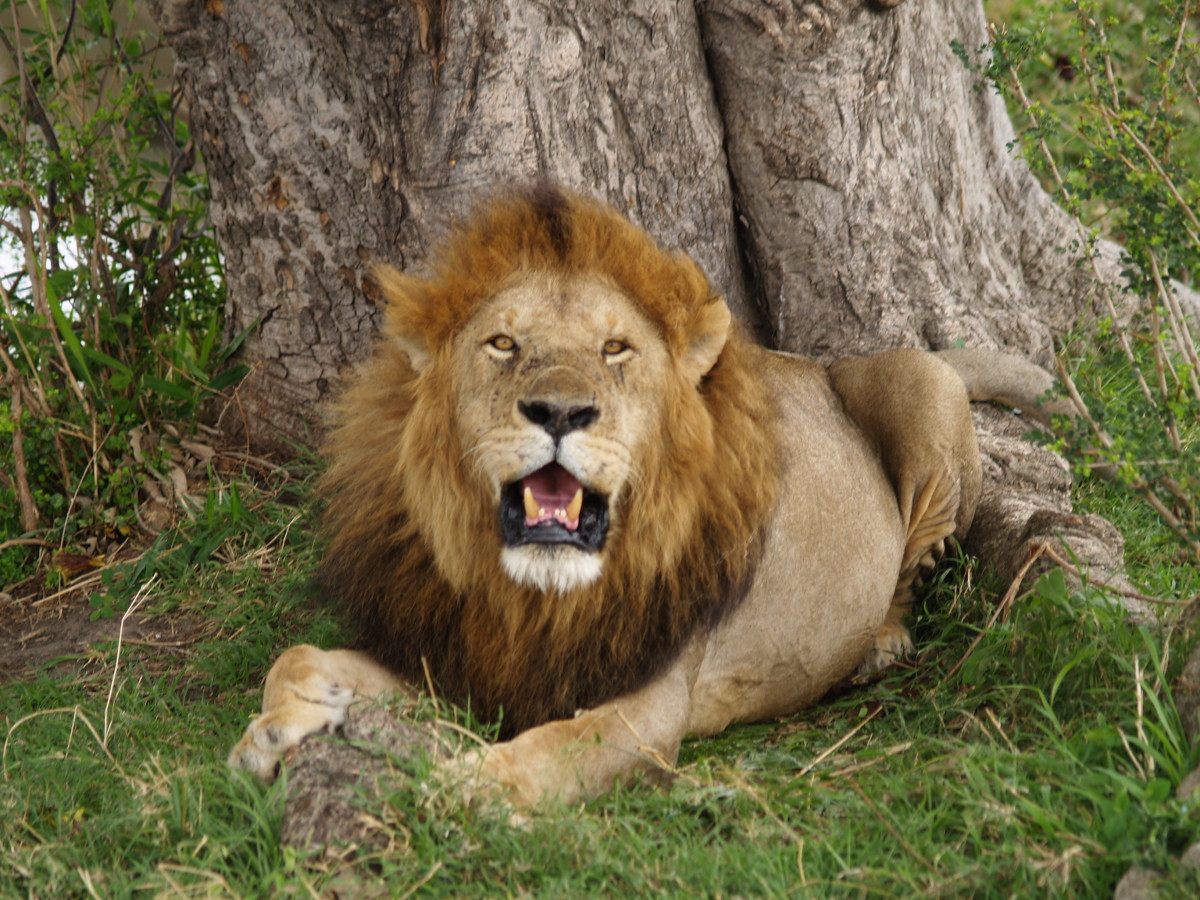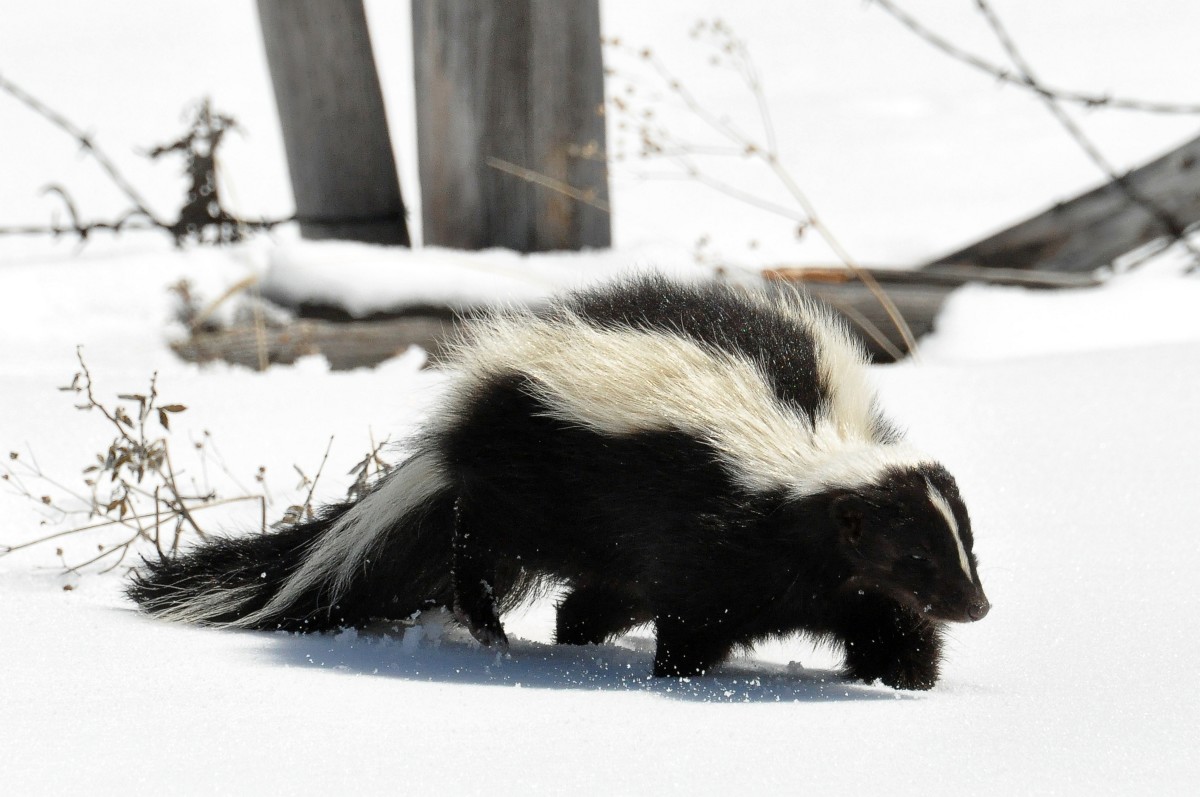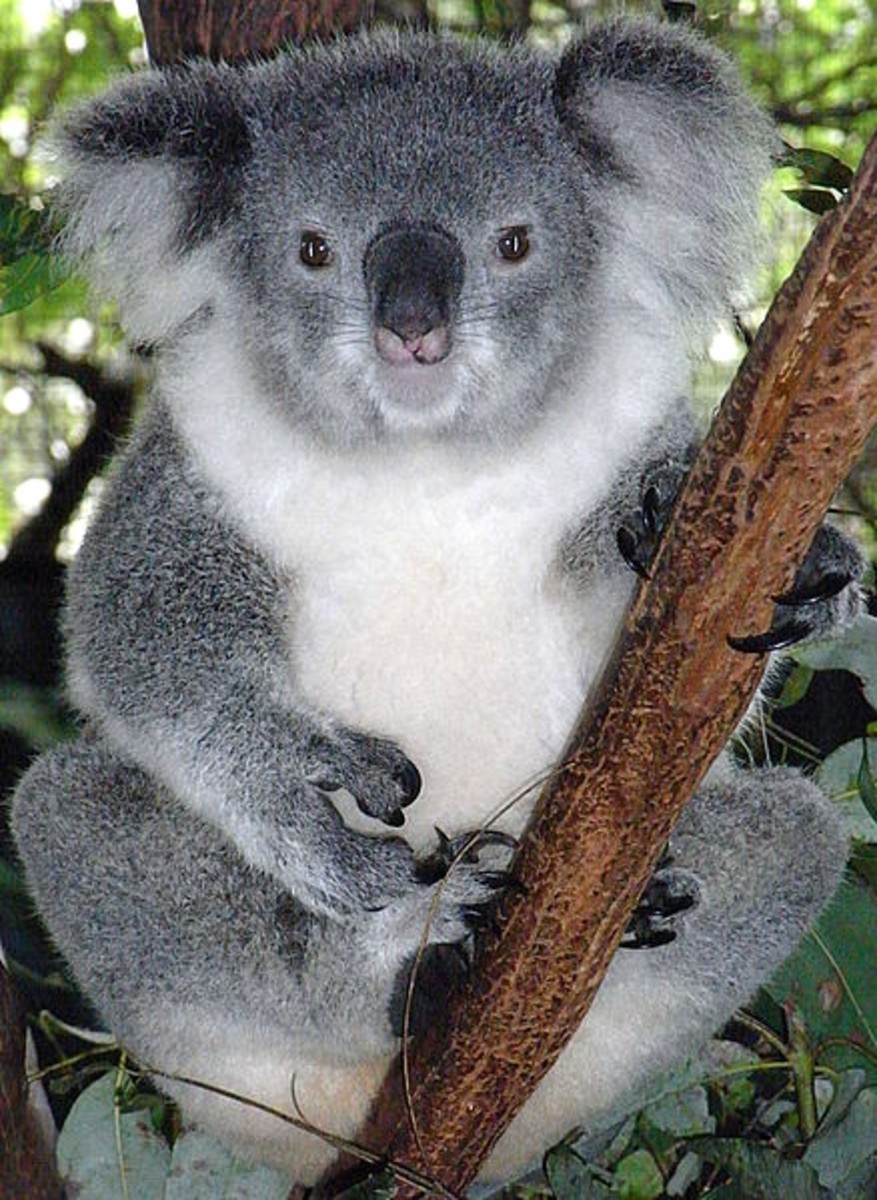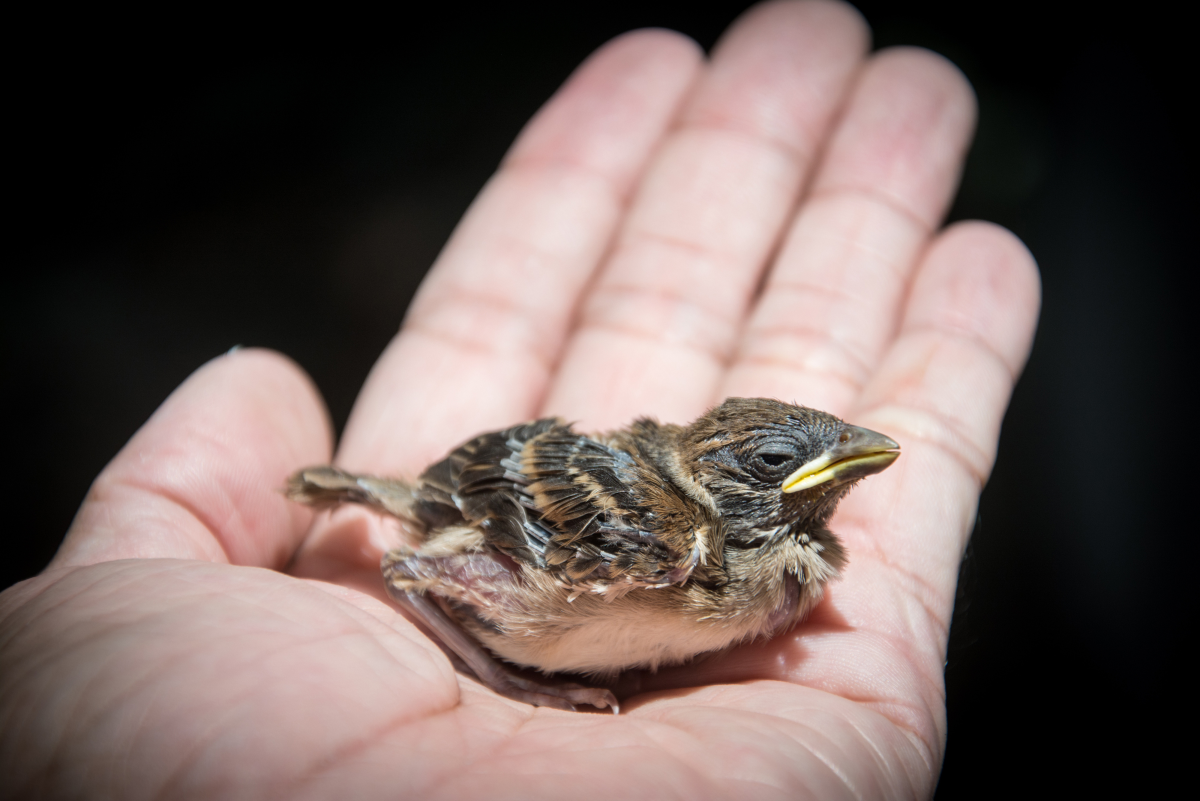Facts About Badgers
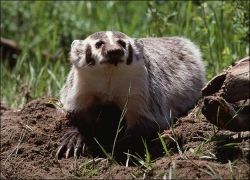
Badgers An Animal That Has A Bad Disposition
Some facts about badgers and their features. Their fur coat colors range from silver-gray, dark brown or black to spotted or striped. The American badger is a miniature version of the Eurasian badger. Unlike its larger relative, however, this badger is solitary.
The American Wild Badger has most of the general characteristics common to badgers; stocky and low-slung with short, powerful legs, they are identifiable by their huge fore claws and distinctive head markings.
Measuring generally between 24 to 30 inches in length, males of the species are significantly larger than females with average weight of
15-16 pounds for females and up to almost 20 pounds for males. In the fall, when food is plentiful, adult male badgers can exceed 25 pounds.
Excluding the head, the American Badger is covered with a grizzled, silvery coat of coarse hair or fur. The American Wild Badger's triangular face shows a distinctive black and white pattern, with brown or blackish "badges" marking the cheeks and a white stripe extending from the nose to the base of the head.
Badgers are well known for their digging habits and nasty dispositions when they are forced to defend them self. Their powerfully built forelimbs allow them to tunnel rapidly through the soil, and apparently through other harder substances as well.
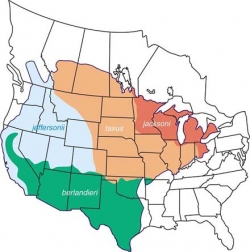
Geographic Range
Badgers are found primarily in the Great Plains region of North America as shown on this map.
Badgers occur north through the central western Canadian provinces, in appropriate habitat throughout the western United States, and south
throughout the mountainous areas of Mexico not shown on this map.
They have expanded their range greatly since the turn of the 20th century.
Life Span
Not Often Seen In The Wild
Badgers have lived to be as old as 26 years in captivity.
The average lifespan in the wild has been estimated by different researchers anywhere from 4 to 10 years.
Yearly mortality was estimated to be near 35% by one study.
Some have been known to live in the wild to an age of 14 years old.
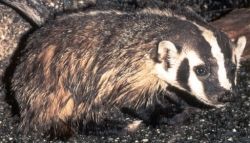
Badger Features
They have keen vision, scent, and hearing. They have nerve endings in the fore claws that may make them especially sensitive to touch in their forepaws, but this has not been investigated. Not much is known about communication in these normally solitary animals, but it is likely that home ranges are marked with scents.
Badgers are carnivorous and can dig with amazing speed to capture their prey.
Added information about Badgers
Burrows and Dens
They are normally solitary animals for most of the year, but it is thought that in breeding season they expand their territories to actively seek out mates. Males may breed with more than one female. Mating occurs in the summer, but implantation is delayed and the young are born in an underground burrow during late winter. Litters consist of one to five offspring.
Behavior
They are solitary animals that are mainly active at night, and tend to be inactive during the winter months. They are not true hibernators, but spend much of the winter in cycles of sleep that usually last about 29 hours. During this time the body temperatures fall and the heart beats at about half the normal rate. They emerge from their dens on warm days in the winter.
Badgers sometimes use abandoned burrows of other animals like foxes or animals slightly smaller or bigger.
Facts about badgers territorial needs throughout most of the year are about 3 to 4 square miles of land.
The Mother Badger and Offsprings
Mating occurs in late summer or early autumn but implantation is delayed until December or as late as February. So, although a female is technically pregnant for 7 months, gestation is a mere 6 weeks. Litters of 1 to 5 offspring, with an average of 3, are born in early spring.
Females are able to mate when they are 4 months old, but males do not mate until the fall of their second year. Most females normally mate after their first year.
Female badgers prepare a grass-lined den in which to give birth. Badgers are born blind and helpless with a thin coat of fur.
The eyes of the youngsters open in about 4 to 6 weeks, and the young are nursed by their mother until around 2 to 3 months old. They are given their first solid food before they are weaned and for awhile after they are weaned. Young normally emerge from the den as early as 5 to 6 weeks old. Juveniles disperse on their own in 5 to 6 months.
Digging Badger
Video of badger digging


